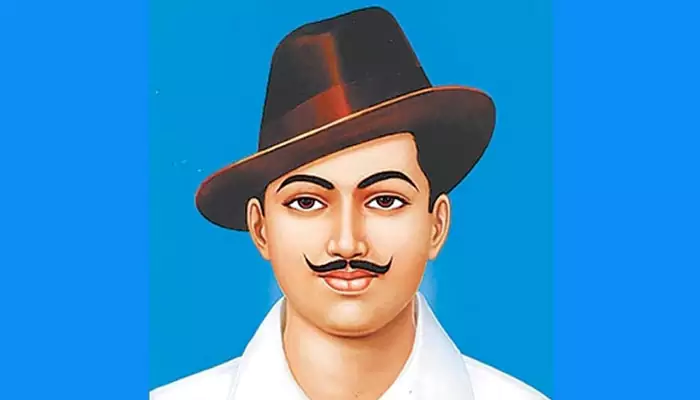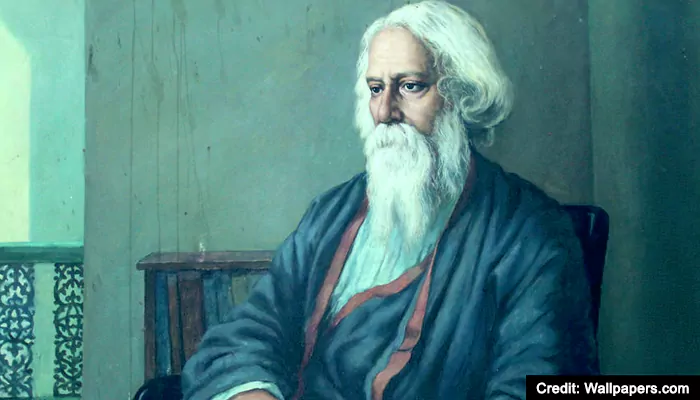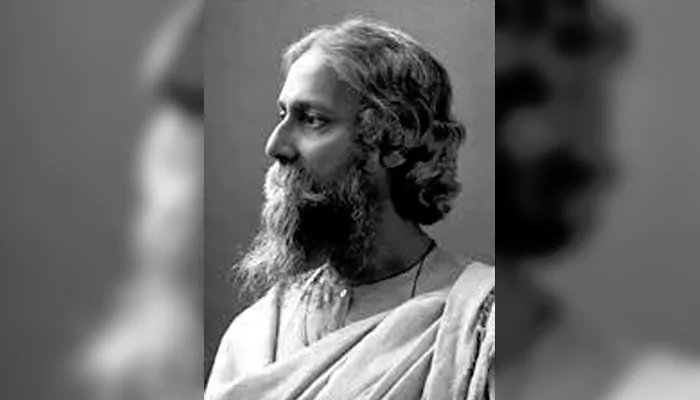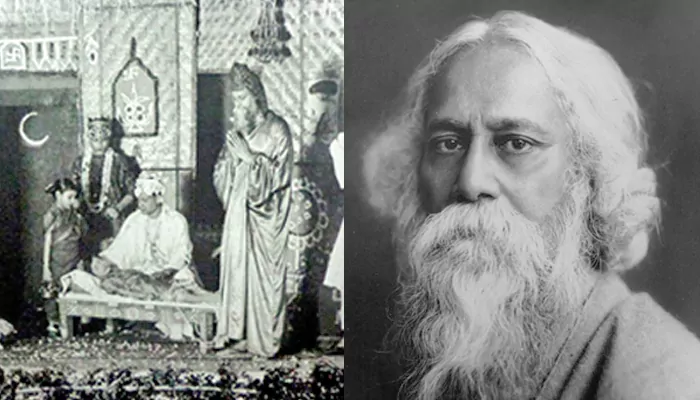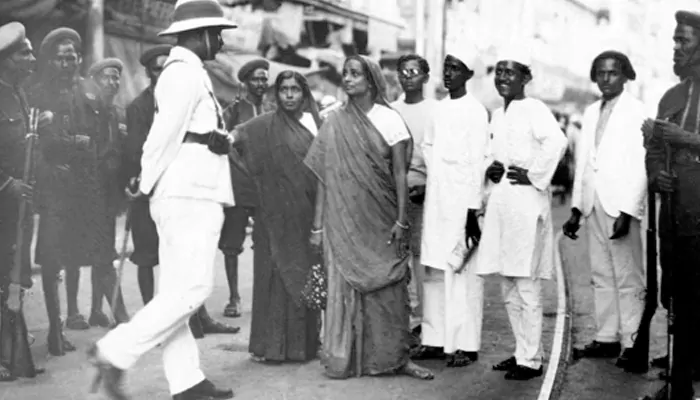6 Unique Facts About Hindi Language

Hindi, the language where history, script, and culture harmonize in a unique linguistic symphony.
Language is a portal through which we can explore the rich weaving of a society's history, values, and identity. Hindi, one of the world's most widely spoken languages, is no exception. With over 500 million speakers globally, Hindi holds a unique place among the world's languages. In this article, we delve into some unique facts about the Hindi language that make it truly fascinating. Read on!
It Has A Vibrant History
Hindi's roots run deep into the annals of history, dating back over a thousand years. It evolved from Sanskrit, the ancient language of India, and developed into its own distinctive form around the 7th century. Over the centuries, Hindi absorbed influences from Persian, Arabic, and Turkish, which contributed to its diverse vocabulary and script. This rich history makes Hindi a linguistic treasure trove that reflects the cultural amalgamation of India.
The Devanagari Script
One of the most distinctive features of the Hindi language is its script, Devanagari. This script, which means "divine city's script," is an art form in itself. Devanagari is renowned for its elegant and flowing characters, which have a unique combination of consonants and vowels. Interestingly, it's also the script for several other Indian languages like Sanskrit, Marathi, and Konkani, highlighting its versatility and cultural significance.
Gendered Nouns
Hindi, like many Indo-Aryan languages, assigns gender to nouns. While this concept is not unique in itself, what sets Hindi apart is its three-gender system. Unlike languages with just masculine and feminine genders, Hindi adds a neutral gender. This gender neutrality is an essential feature, promoting linguistic inclusivity and challenging gender stereotypes through language.
The Language of Bollywood

Hindi isn't just a language; it's also an integral part of the world's largest film industry, Bollywood. With its vibrant songs, poetic dialogues, and heartwarming stories, Bollywood has played a significant role in popularizing Hindi worldwide. For many people, Hindi is their first exposure to Indian culture, and the language often acts as a bridge connecting people from different backgrounds.
Numerical Diversity
Hindi boasts a unique numerical system that is both fascinating and practical. Unlike many other languages that use a base-10 numerical system, Hindi uses a base-100 system for counting. This means that once you've learned the numbers up to 100, you have the foundation to express any numerical value in Hindi. This system simplifies complex calculations and lends itself well to mathematics and commerce.
A Language of Poetry

Hindi has a long-standing tradition of poetry and literature, with a rich heritage of classical and contemporary works. Hindi poetry, known for its rhythmic and melodic quality, has touched the hearts of millions. One of the most famous Hindi poets, Mirza Ghalib, is renowned for his profound and intricate ghazals (poetic forms). His work transcends linguistic boundaries, as his words resonate with people far beyond the Hindi-speaking world. Hindi literature also has a wealth of religious and philosophical texts. The epic Ramayana and Mahabharata, written in ancient Sanskrit, were later adapted into Hindi, making these timeless stories accessible to a wider audience. This blending of literature with spirituality and philosophy is a testament to the profound impact the Hindi language has on the culture and spirituality of India.
Hindi is a language that transcends borders, both geographically and linguistically. It continues to evolve and adapt to the ever-changing world while maintaining its cultural significance. So, whether you're a language enthusiast or just curious about the diverse world of languages, Hindi offers a fascinating journey into the heart of India's culture and heritage. Embracing Hindi is not just about learning a language; it's about embracing the rich history, expression, and identity.
